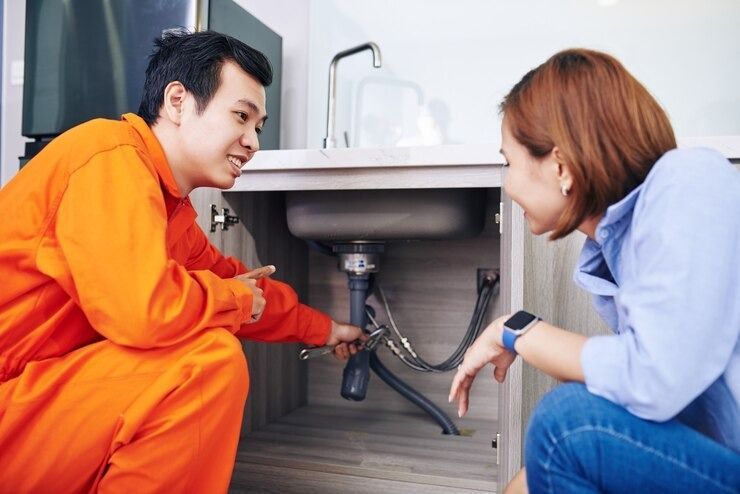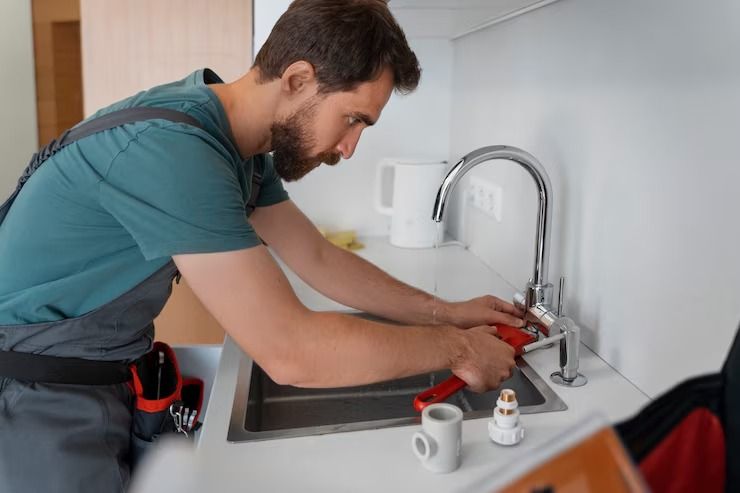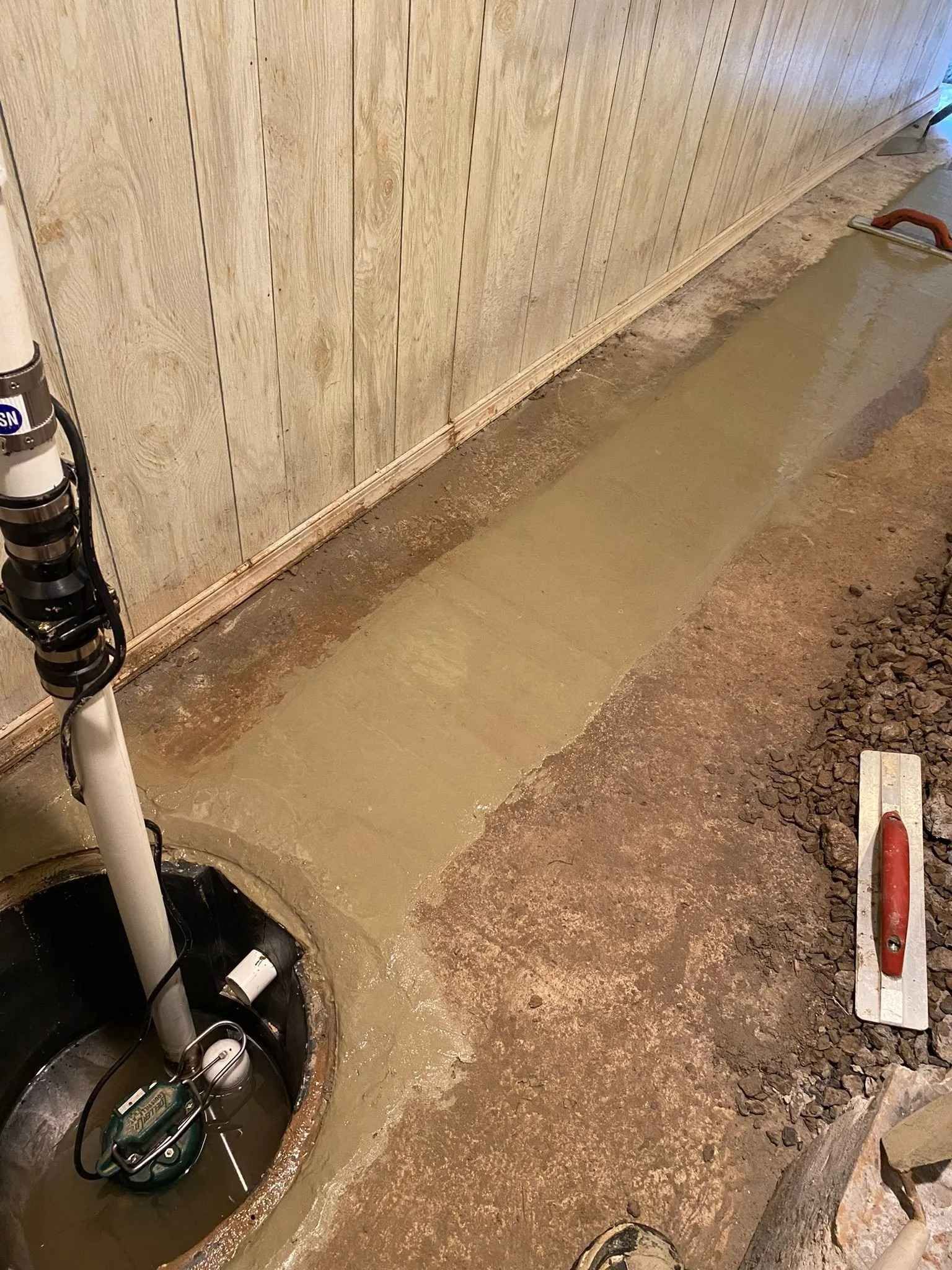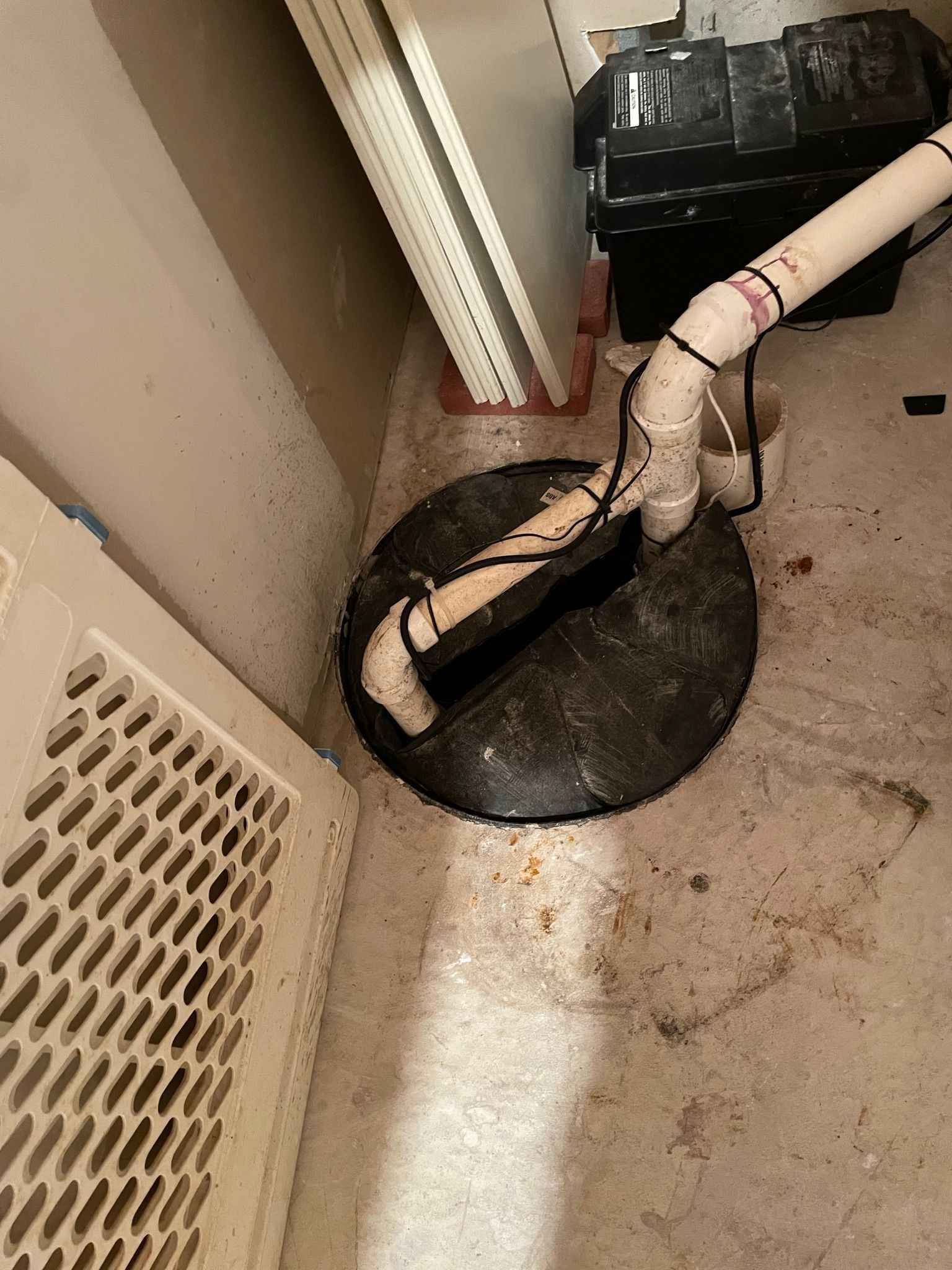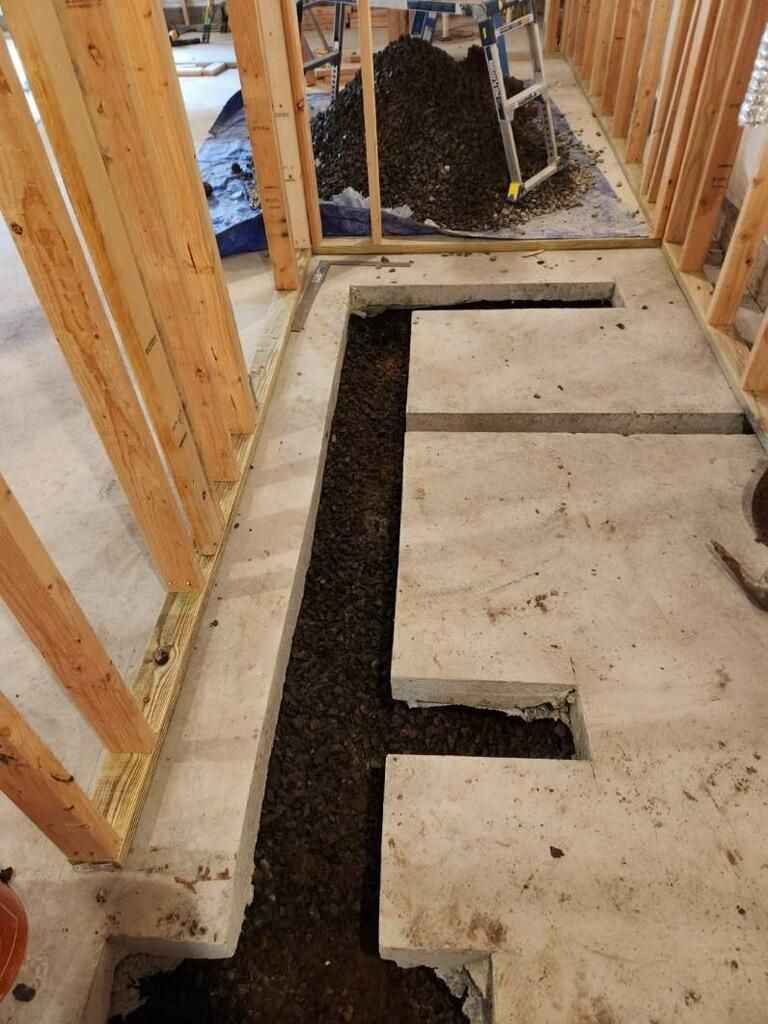The Rise of Modern Plumbing: When It Became Commonplace
The Rise of Modern Plumbing: When It Became Commonplace

Imagine a world without running water or toilets—a time when plumbing was a luxury, not a necessity. Over centuries, plumbing evolved from rudimentary systems to an essential feature of modern homes. But
when did plumbing become common, and what spurred its widespread adoption? This blog explores the fascinating history and implications of modern plumbing, highlighting its transformative impact on society.
Key Takeaways:
- Ancient Origins: Early civilizations like the Romans and Indus Valley created advanced plumbing systems for their time, laying a foundation for future developments.
- 19th-Century Advances: The Industrial Revolution introduced indoor plumbing into affluent homes, slowly making it more accessible to the public.
- 20th-Century Standardization: By the 1930s, plumbing became a common feature in urban and suburban homes across developed countries.
- Public Health Impact: Plumbing systems played a pivotal role in reducing disease and improving hygiene standards worldwide.
Modern Plumbing: A Look at When It Became Widespread
Modern plumbing, as we know it today, began to gain widespread adoption in the late 19th and early 20th centuries. This pivotal shift was driven by urbanization, advances in sanitation, and growing awareness of public health. Cities started implementing centralized water systems and sewage networks, drastically improving living conditions and reducing the spread of diseases like cholera. The development of indoor plumbing fixtures, including toilets, sinks, and bathtubs, became more accessible due to mass production and affordable materials. By the mid-20th century, modern plumbing was a standard feature in homes across much of the developed world, transforming daily life by offering convenience, comfort, and cleanliness. This revolution in plumbing technology not only enhanced individual hygiene but also paved the way for innovations in water conservation and energy efficiency that continue to shape the industry today.
Overview
When did plumbing become common? The answer lies in a timeline of progress shaped by innovation and necessity. Plumbing’s history spans thousands of years, with key milestones that reflect human ingenuity. From early aqueducts to standardized indoor systems, plumbing evolved to become an integral part of daily life, offering convenience, cleanliness, and safety.
The Dawn of Plumbing: Ancient Civilizations
Plumbing has roots in ancient history, with civilizations like the Romans leading the charge. Their aqueducts supplied cities with fresh water, while public baths and latrines connected to basic sewer systems addressed sanitation. Similarly, the Indus Valley civilization developed private toilets that drained into covered sewers, showcasing an advanced understanding of waste management.
However, these innovations were often limited to public spaces or wealthy households. For most people, access to clean water and sanitation remained out of reach. It wasn’t until much later that plumbing systems began to serve entire communities, sparking the question: when did plumbing become common for everyone?
19th-Century Advancements: Plumbing Enters the Home
The 19th century marked a turning point in plumbing’s history. Urbanization and public health crises demanded better sanitation solutions, leading to the development of indoor plumbing in wealthy households. By the 1840s, innovations like cast-iron pipes and flushing toilets began appearing in affluent homes and hotels, such as Boston’s Tremont House.
For the average household, though, plumbing remained a luxury. Rural areas, in particular, relied on outhouses and wells. The disparity in access to plumbing underscores how its adoption depended on technological advancements and infrastructure investments.
The 20th Century: Plumbing Becomes Widespread
So, when did plumbing become common in most homes? The answer lies in the early 20th century. By the 1930s, indoor plumbing became a standard feature in urban and suburban homes, thanks to widespread infrastructure improvements and government initiatives. Rural areas caught up by the 1940s and 1950s, driven by federal programs like the Rural Electrification Administration.
Key innovations during this era included the introduction of copper and PVC pipes, replacing outdated materials like lead. These advancements made plumbing systems more reliable, affordable, and safe, cementing their role as a household essential.
The Implications of Common Plumbing
Public Health: Access to clean water and efficient waste disposal drastically reduced diseases like cholera and typhoid fever.
Urbanization: Reliable plumbing enabled cities to grow, accommodating larger populations with improved sanitation.
Convenience: Plumbing transformed daily life, offering unparalleled comfort and efficiency for households everywhere.
The question of when did plumbing become common isn’t just about history—it’s a story of how innovation improved human health and living standards on a global scale.
Plumbing is more than a convenience; it’s essential for a healthy and functional home. At
On Point Plumbing, located in North Wales, PA, we specialize in keeping your plumbing systems running smoothly. Whether you need repairs, installations, or expert advice, our team is here to help. Contact us today at 267-638-7151 and let us ensure your home stays safe and comfortable.
Conclusion
Plumbing’s journey from ancient innovation to everyday necessity reflects humanity’s drive for better living conditions. Understanding when plumbing became common sheds light on how infrastructure shapes our lives. At On Point Plumbing, we’re dedicated to ensuring your home benefits from modern plumbing systems. Call us today at 267-638-7151 for expert assistance!
FAQs:
Q: When did plumbing become common in the U.S.?
A: Plumbing became common in urban and suburban American homes by the 1930s, with rural areas following in the mid-20th century.
Q: What were the earliest forms of plumbing?
A: Ancient civilizations used materials like clay, wood, and lead for pipes, along with aqueducts and basic sewer systems for water supply and waste removal.
Q: How did plumbing impact public health?
A: Plumbing reduced waterborne diseases by providing clean drinking water and effective sanitation, drastically improving public health.


